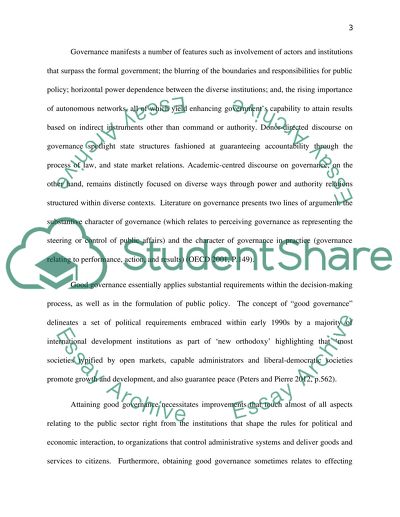Cite this document
(“With reference to pierre and peters (2000) and Kjaer (2004) critically Essay”, n.d.)
Retrieved from https://studentshare.org/history/1479900-with-reference-to-pierre-and-peters
Retrieved from https://studentshare.org/history/1479900-with-reference-to-pierre-and-peters
(With Reference to Pierre and Peters (2000) and Kjaer (2004) Critically Essay)
https://studentshare.org/history/1479900-with-reference-to-pierre-and-peters.
https://studentshare.org/history/1479900-with-reference-to-pierre-and-peters.
“With Reference to Pierre and Peters (2000) and Kjaer (2004) Critically Essay”, n.d. https://studentshare.org/history/1479900-with-reference-to-pierre-and-peters.


